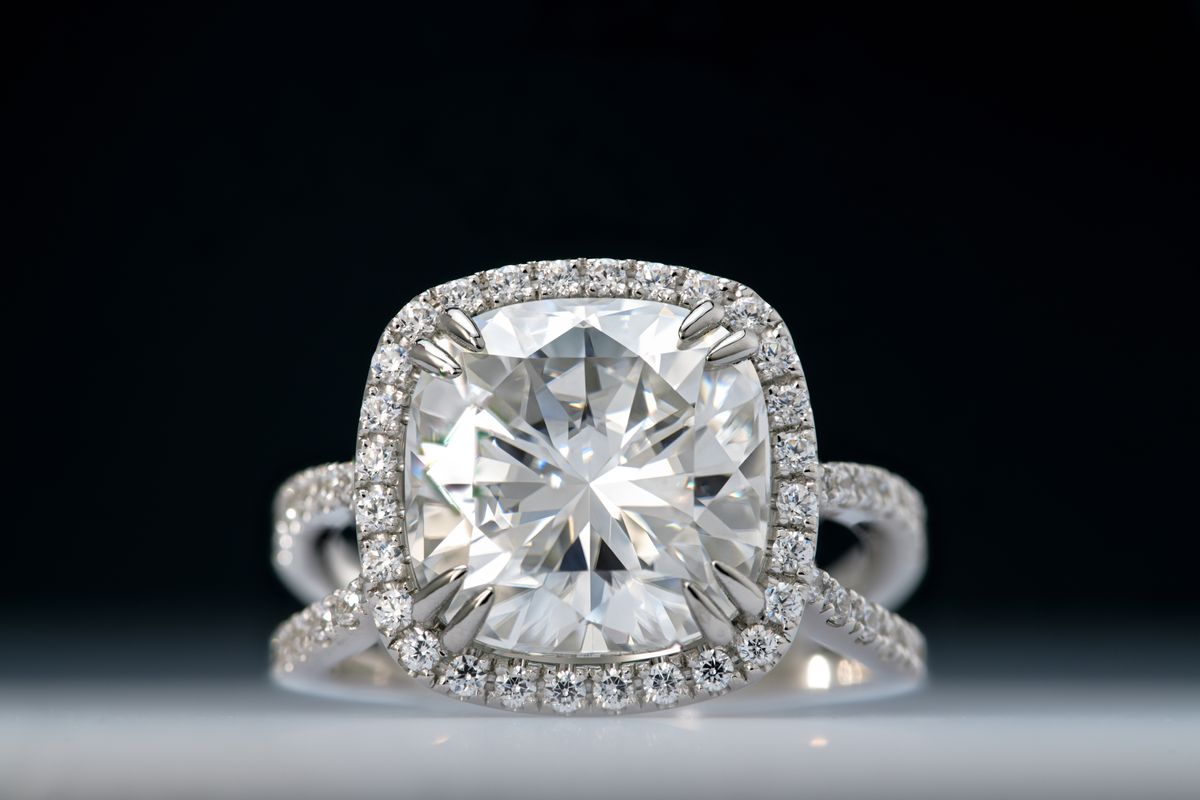Engagement rings are more than just sparkling symbols of love; they carry a deep-rooted history that spans centuries, cultures, and traditions. But why do we wear engagement rings, and how did they evolve into the cherished custom they are today? Let’s explore the history of engagement rings, their origins, and how they have changed over time.
The Origins of Engagement Rings: A Tradition Born in Ancient Times
The origins of engagement rings can be traced back to ancient Rome, where rings symbolized love and commitment. Roman women wore rings made of iron, later transitioning to gold, as a public declaration of betrothal. Engagement rings in ancient Rome were not just romantic gestures; they were also practical, serving as legal agreements between families.
However, the first recorded use of a diamond engagement ring dates back to 1477, when Archduke Maximilian of Austria proposed to Mary of Burgundy with a ring featuring a carefully placed diamond in the shape of an “M.” This moment marked the beginning of the diamond engagement ring history as we know it.
Ancient Engagement Ring Traditions: A Symbol of Eternity
Throughout history, ancient engagement ring traditions varied across civilizations. The Egyptians, for example, believed that circles represented eternity and wore rings made of braided reeds or leather. The idea of wearing a ring on the fourth finger of the left hand—believed to contain the “vena amoris” or “vein of love”—also stems from ancient Egypt.
In medieval times, rings with intricate engravings and gemstones became more common, often featuring religious symbols or personalized inscriptions. These historical engagement ring styles laid the foundation for the elaborate designs we see today.
The Evolution of Engagement Rings: From Simple Bands to Extravagant Diamonds
The evolution of engagement rings took a dramatic turn during the Victorian and Edwardian eras, when elaborate filigree designs and colored gemstones became fashionable. The 20th century saw the rise of diamond engagement rings, thanks to the famous 1947 De Beers campaign declaring, "A diamond is forever."
As engagement rings became more mainstream, unique trends emerged. Vintage engagement ring history shows us that styles from the Art Deco period (1920s-1930s) featured bold geometric designs, while the 1950s and 1960s embraced classic solitaire diamonds.
In modern times, how engagement rings changed over time has been influenced by cultural shifts, celebrity trends, and changing values. While diamonds remain popular, alternative gemstones like sapphires, emeralds, and even moissanite have gained traction.
The Cultural Significance of Engagement Rings Around the World
The cultural significance of engagement rings varies widely across different societies. In some cultures, engagement rings are a Western tradition, while in others, betrothal jewelry takes different forms. For instance, in India, gold rings or bangles are often exchanged instead of diamond rings. In Nordic countries, both men and women wear engagement rings.
Certain cultures still honor unique engagement ring traditions, such as Claddagh rings in Ireland, which feature a heart, hands, and crown to symbolize love, loyalty, and friendship.
Famous and Extravagant Engagement Rings in History
The engagement rings of royalty and Hollywood stars have captured public fascination for decades. Celebrity engagement rings through history include the iconic sapphire ring worn by Princess Diana and now Kate Middleton, as well as Elizabeth Taylor’s legendary 33-carat diamond ring.
Among the most expensive engagement rings in history, Mariah Carey’s $10 million diamond ring and Beyoncé’s 24-carat emerald-cut diamond stand out. These high-profile rings have often set trends and influenced ring designs for generations.
Conclusion: The Enduring Symbolism of Engagement Rings
From the first engagement ring ever to the dazzling diamond rings of today, engagement rings have stood the test of time as symbols of love, commitment, and cultural heritage. Whether vintage-inspired or modern and minimalist, engagement rings continue to evolve while retaining their deep-rooted engagement ring meaning.
As we look to the future, one thing remains certain—the tradition of engagement rings will continue to shine, just like the love stories they represent.

